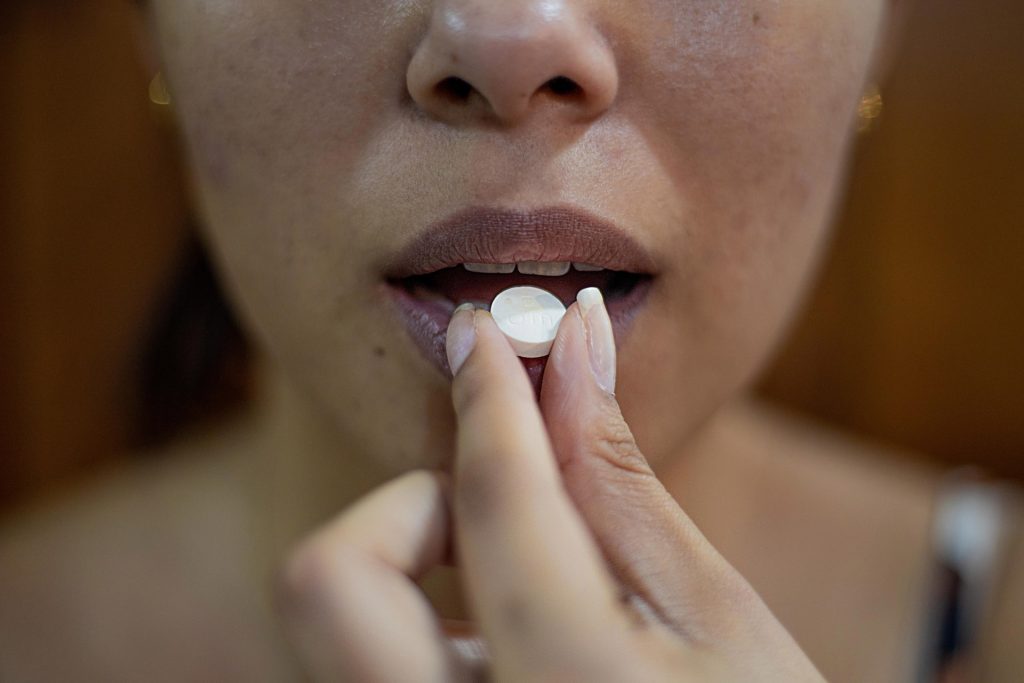Body Posture, Stomach Motility Affect Oral Pill Bioavailability

While oral administration of a pill or capsule is a simple and cheap route, it is also the most complex way for the human body to absorb an active pharmaceutical ingredient, due to the stomach environment’s influence on bioavailability. Using highly detailed computer simulations, researchers have now found that stomach motility and posture (leaning right, left or backwards) significantly affect bioavailability.
The rate of dissolution and gastric emptying of the dissolved active pharmaceutical ingredient (API) into the duodenum is modulated by gastric motility, physical properties of the pill, and the contents of the stomach. This results in varying rates of pill dissolution and nonuniform emptying of the drug into the duodenum and, occasionally, gastric dumping in the case of modified-release dosage. Current in vitro procedures for assessing dissolution of oral drugs do not simulate this process well.
In Physics of Fluids, researchers used a biomimetic computer simulation based on the realistic anatomy and morphology of the stomach (a ‘StomachSim’) to investigate and quantify the effect of body posture and stomach motility on drug bioavailability over the first few minutes of absoprtion.
The simulations show that changes in posture can potentially have a significant (up to 83%) effect on the emptying rate of the API into the duodenum. A 45 degree lean to the left greatly reduced the amount of active ingredient per cycle released into the duodenum, while a lean to the right dramatically increased it over the upright case.
Similarly, the researchers found that a reduction in antral contractility associated with gastroparesis significantly reduced the dissolution of the pill as well as emptying of the API into the duodenum. The simulations show that for an equivalent motility index, the reduction in gastric emptying due to neuropathic gastroparesis is larger by a factor of about five compared to myopathic gastroparesis.
“Oral administration is surprisingly complex despite being the most common choice for drug administration,” said co-author Rajat Mittal. “When the pill reaches the stomach, the motion of the stomach walls and the flow of contents inside determine the rate at which it dissolves. The properties of the pill and the stomach contents also play a major role.
“However, current experimental or clinical procedures for assessing the dissolution of oral drugs are limited in their ability to study this, which makes it a challenge to understand how the dissolution is affected in different stomach disorders, such as gastroparesis, which slows down the emptying of the stomach.”
Together, these issues pose several challenges for the design of drug delivery.
“In this work, we demonstrate a novel computer simulation platform that offers the potential for overcoming these limitations,” said Mittal. “Our models can generate biorelevant data on drug dissolution that can provide useful and unique insights into the complex physiological processes behind the oral administration of pills.”
The researchers note that the simulation required a lot of computational time, only capturing the first few minutes of the process, and are working on faster methods to capture differences over the period of an hour.
Source: American Institute of Physics

